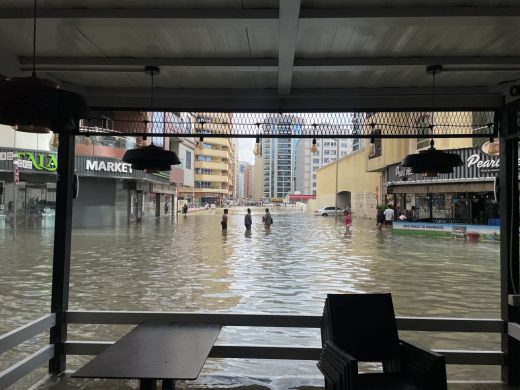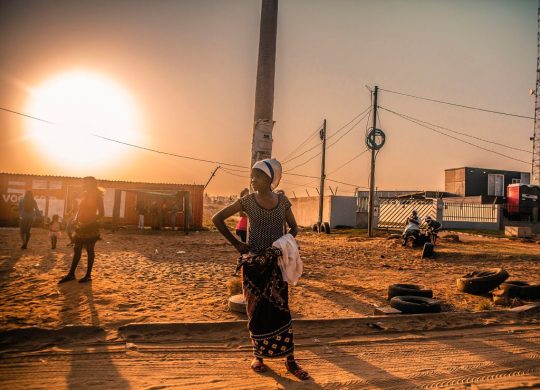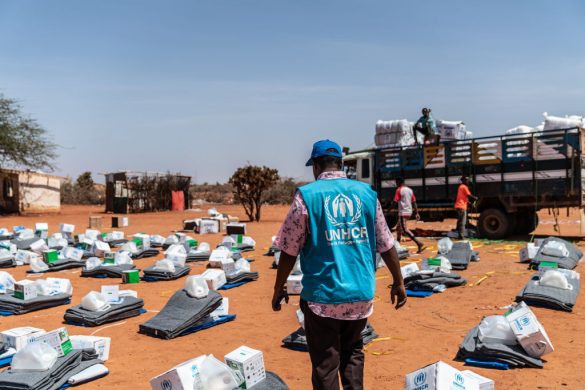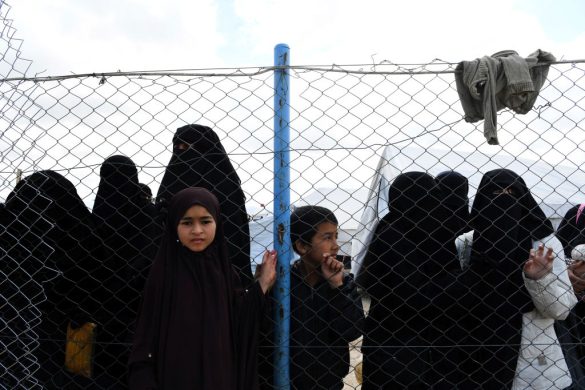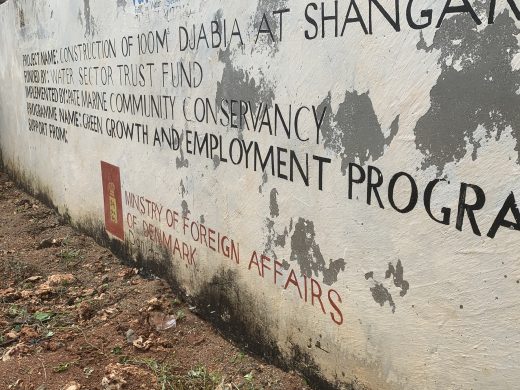I 1990erne var der ingen kvalitetsmærkninger, nu er der over 100 – hvordan kan de samordnes til en enkelt rød tråd for god opførsel og effektiv hjælp til nødlidende? Det vil NGOerne gøre et forsøg på.
LONDON, 28 June 2013 (IRIN): The humanitarian community has gone through a period of soul searching in recent years, following the failure to protect victims of genocide (folkemordet) in Rwanda, the chaotic lack of coordination after the 2004 Asian tsunami and the sex-for-food scandals in West Africa.
Yet attempts to set universal standards and to certify (kvalitetsmærke) aid agencies have been inconsistent and controversial.
This week, practitioners took part in the Humanitarian Standards Forum in Geneva to assess the state of humanitarian accountability and to chart a path forward.
Nearly 200 senior representatives from major humanitarian organizations debated whether and how agreed-upon standards and certification processes would improve the effectiveness of aid provision.
Creating universal standards
There has been a proliferation (udbredelse) of different standards among agencies, said Matthew Carter, steering group chair for the Joint Standards Initiative (JSI), which was launched by the Humanitarian Accountability Partnership (HAP), People in Aid and the Sphere Project.
“Over the last 20 years, the humanitarian sector has grown into a multi-billion dollar enterprise. While the early 1990s saw an absence of standards, the current situation may pose the opposite problem, with over a hundred standards initiatives now in existence in the humanitarian sector”, he noted, adding:
“Field workers and others have experienced a challenge in combining and implementing the number of standards in an efficient, complementary and effective way”.
The JSI has set out to harmonize the standards of its three member organizations.
Carter says that between now and next July (2014) they are planning to develop a new core (kerne) humanitarian standard, with clear benchmarks (normer /rettesnore) and indicators, as well as guidance on how the tools can be applied and on dissemination and training. The core standard is currently under discussion in Geneva.
For the moment, the Sphere standards are the most widely known and used.
The Sphere handbook is a fat volume (tykt bind) covering everything from the general principles of humanitarian assistance to the nitty-gritty (praktiske detaljer) of daily aid work – including an individual’s minimum water ration (7,5 to 15 litres a day) and the number of latrines a camp should have (one per 20 people).
The Sphere Standards include commitments on accountability (at kunne blive stillet tl ansvar) to both donors and beneficiaries.
“We commit to working in partnership with affected populations, emphasising their active participation in the response. We acknowledge that our fundamental accountability must be to those we seek to assist,” it says.
Do accountability mechanisms improve aid?
Læs videre på
http://www.irinnews.org/report/98307/setting-standards-for-the-aid-industry





